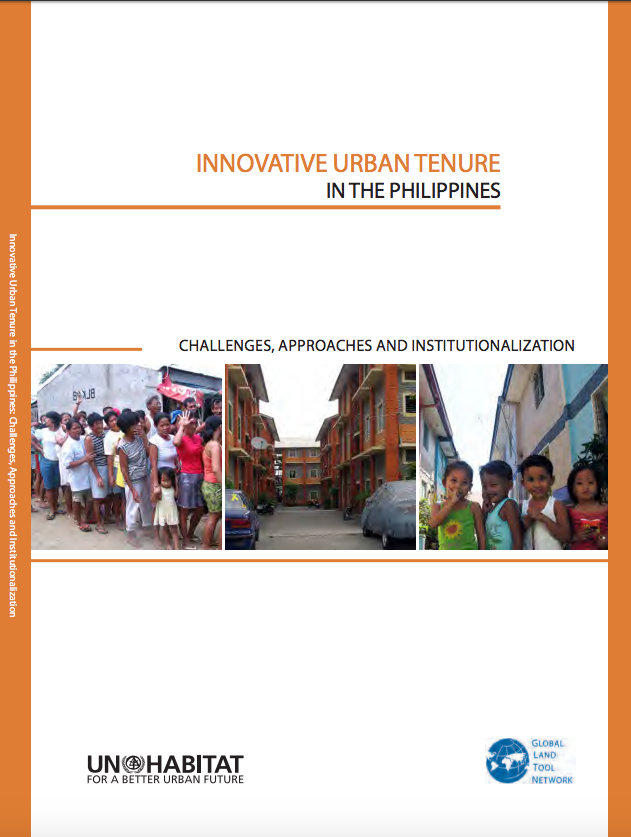
Average share of the built-up area of cities that is open space for public use for all, by sex, age and persons with disabilities
Last updated on 1 February 2022
This indicator is currently classified as Tier II. The United Nations Human Settlements Programme (UN-Habitat) is the Custodian agency for this indicator.
Unit of measure: Ratio of land allocated to public spaces and the total population with access to these spaces (%).
Why is this indicator important?
Cities work in a sustainable manner when private and public spaces have a symbiotic relationship. Public spaces are often seen as symbols of equality because they tend to be open and available to all members of the public regardless of sex, age, or disability. Yet these spaces have dwindled in urban areas in recent years.
Well-planned and managed public spaces have positive impacts, such as maintaining social inclusion, civic identity, quality of life, productivity, and environmental sustainability. However, the non-provision or privatization of public spaces has brought about increased exclusion and marginalization. City-wide policies and strategies should ensure proper planning, design and management of public spaces at different scales.
How is the indicator measured and monitored?
According to the metadata document, the area of public space is measured based on three steps: 1) spatial analysis to measure built-up areas that refer to urban/city area; 2) identification and estimation of the total area occupied by open public spaces and; 3) estimation of the total area allocated to streets. The data is disaggregated by quality of the open public space (in terms of safety, inclusivity, accessibility, greenness, and comfort), type of open space (e.g., green, blue) as well as age, gender, and disability status.
Most data is collected through urban land use plans, GIS data, or community mapping, in collaboration with national statistical authorities and other stakeholders working on this indicator. Existing data covers 712 cities with new cities being added constantly.
By Anne Hennings, peer-reviewed by Dennis Mwaniki, Spatial Data Expert at UN-Habitat’s Data and Analytics Unit.
Other related indicators on Land Portal
In addition to the official indicator data, the following indicators provide information on urban expansion and restrictions on urban land use and ownership.
| Indicator | Min-Max Number of years |
Countries / Obs | Min / Max Value |
|---|---|---|---|
| Process for urban expansion clear, public, respects rights | |||
| Restrictions on urban land use, ownership and transferability |
Paginação
Secure Urban Tenure Theme Emerges at Three Events
By Anthony Piaskowy, Communication and Urban Specialist for USAID's Land Tenure and Property Rights Division.
Physical development trend and green space destruction in developing cities: a GIS approach
Green spaces considered natural remnants in urban environments play a key role in promoting environmental quality and forming a sustainable city. Nowadays, development of urban spaces has taken a hasty growth. In the meanwhile, the natural green spaces are severely damaged.
Innovative Urban Tenure in the Philippines: Challenges,approaches and institutionalization
This technical publication documents and draws lessons from the Philippines' experience in implementing alternative approaches in securing tenure for the urban poor. It also explores how these approaches can be institutionalized to achieve a larger scale and ensure sustainability.
Evaluation of public green areas adequacy in the city of Van for accessibility
Urban green areas are important sites established for recreational, ecological, and aesthetical purposes. Urban green areas are different form the other green space usage, can be used by the all parts of the community. Public green space standards, construction law No. 3194 of the plan to be built on the basis of 10 m² per person in the regulations "active green space" is defined as.
Identifying the range of distance over which open space affects housing values
This research uses a sequence of hedonic housing price regressions to estimate open space amenity values. The iterative approach empirically identifies the range of distance over which open space affects housing values.
Paginação
![]()

By 2030, provide universal access to safe, inclusive and accessible, green and public spaces, in particular for women and children, older persons and persons with disabilities
Indicator details
The indicator is conceptually clear, has an internationally established methodology and standards are available, but data is not regularly produced by countries.
Key dates:




